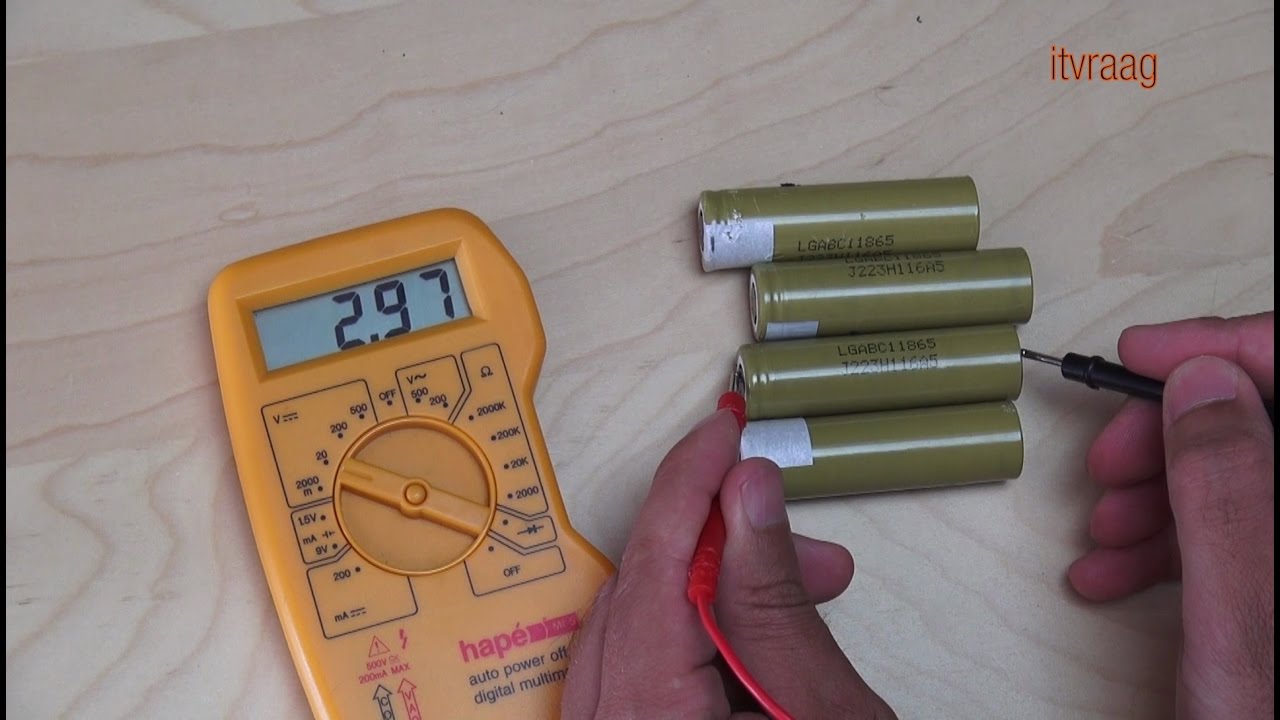
Best Way to Test a Li-ion Battery
In today’s modern world, Li-ion batteries are becoming increasingly popular due to their high energy density, lightweight design, and long cycle life. These batteries are commonly used in smartphones, laptops, electric vehicles, and other portable electronic devices. However, like all batteries, Li-ion batteries can degrade over time, leading to reduced performance and capacity. It is essential to test your Li-ion battery regularly to ensure optimal performance and safety.
Signs that Your Li-ion Battery Needs Testing
Before diving into how to test a Li-ion battery, it is crucial to understand the signs that indicate your battery may need testing. Some common signs that your Li-ion battery needs testing include:
- Shortened battery life
- Increased charging time
- Overheating during charging
- Swelling or bulging of the battery
- Inconsistent performance
Methods for Testing a Li-ion Battery
There are several methods for testing a Li-ion battery, ranging from simple visual inspections to more advanced diagnostic tests. Here are some of the best ways to test a Li-ion battery:
Visual Inspection
One of the easiest ways to test a Li-ion battery is through a visual inspection. Check for any signs of physical damage, swelling, or leakage. If you notice any abnormalities, such as bulging or discoloration, it may indicate that your battery needs testing or replacement.
Battery Testing Device
Another effective way to test a Li-ion battery is to use a battery testing device. These devices can measure the battery’s voltage, capacity, and overall health. By using a battery testing device, you can accurately assess the performance and condition of your Li-ion battery.
Performance Testing
Performance testing involves using the Li-ion battery in real-world conditions to evaluate its capacity and efficiency. Monitor the battery’s performance over time to determine if it is holding a charge, providing adequate power, and operating safely.
Tips for Testing a Li-ion Battery
When testing a Li-ion battery, keep the following tips in mind to ensure accurate results:
- Use a reputable battery testing device
- Follow the manufacturer’s guidelines for testing
- Avoid overcharging or overdischarging the battery
- Dispose of old or damaged batteries properly
- Regularly monitor and test your Li-ion batteries
Conclusion
Testing your Li-ion battery is essential to ensure optimal performance, longevity, and safety. By following the methods and tips outlined in this article, you can effectively test and monitor your Li-ion battery to prevent potential issues and maximize its lifespan. Remember, a well-tested Li-ion battery is a reliable and safe power source for your electronic devices.
Was this helpful?
0 / 0